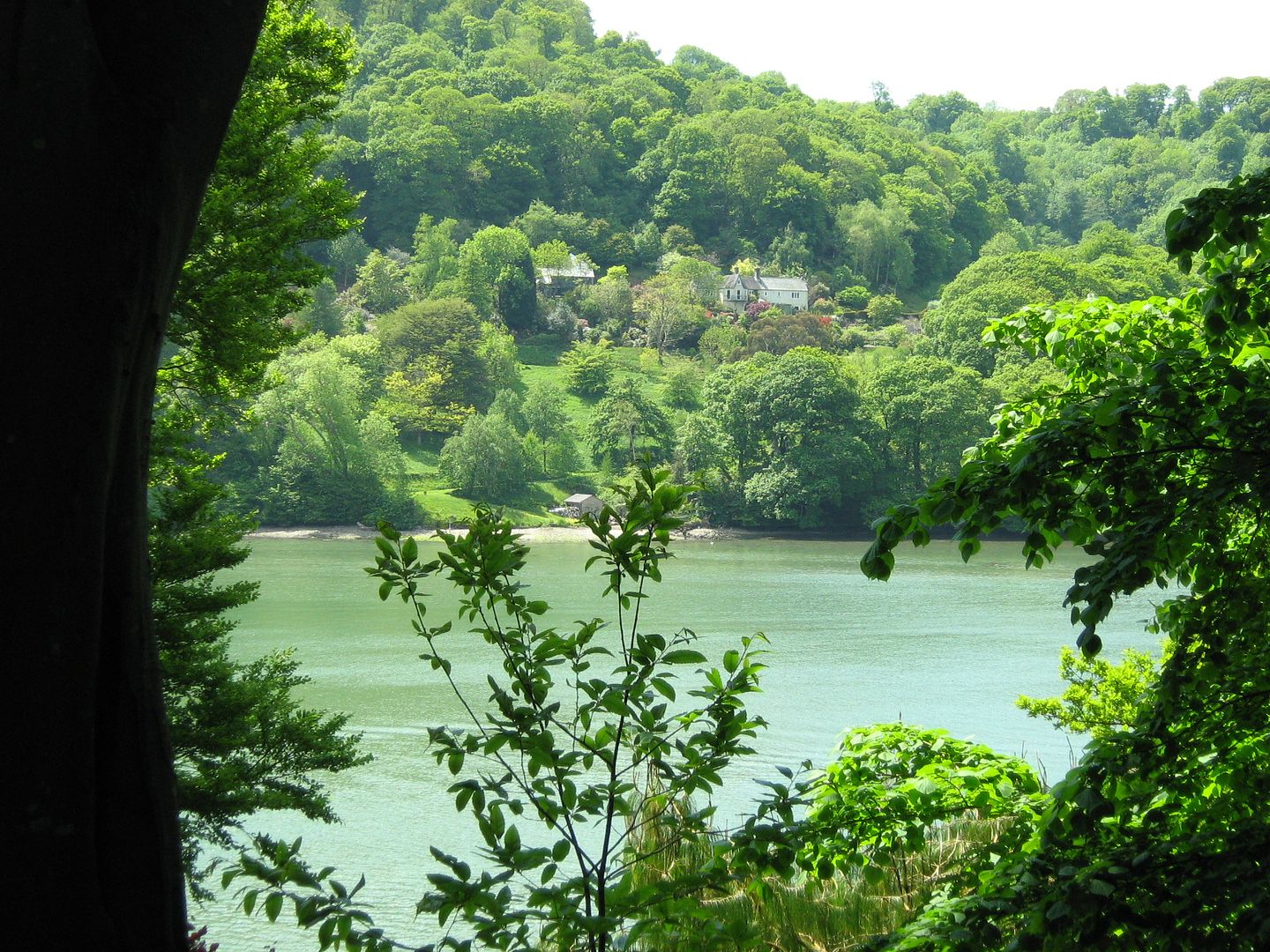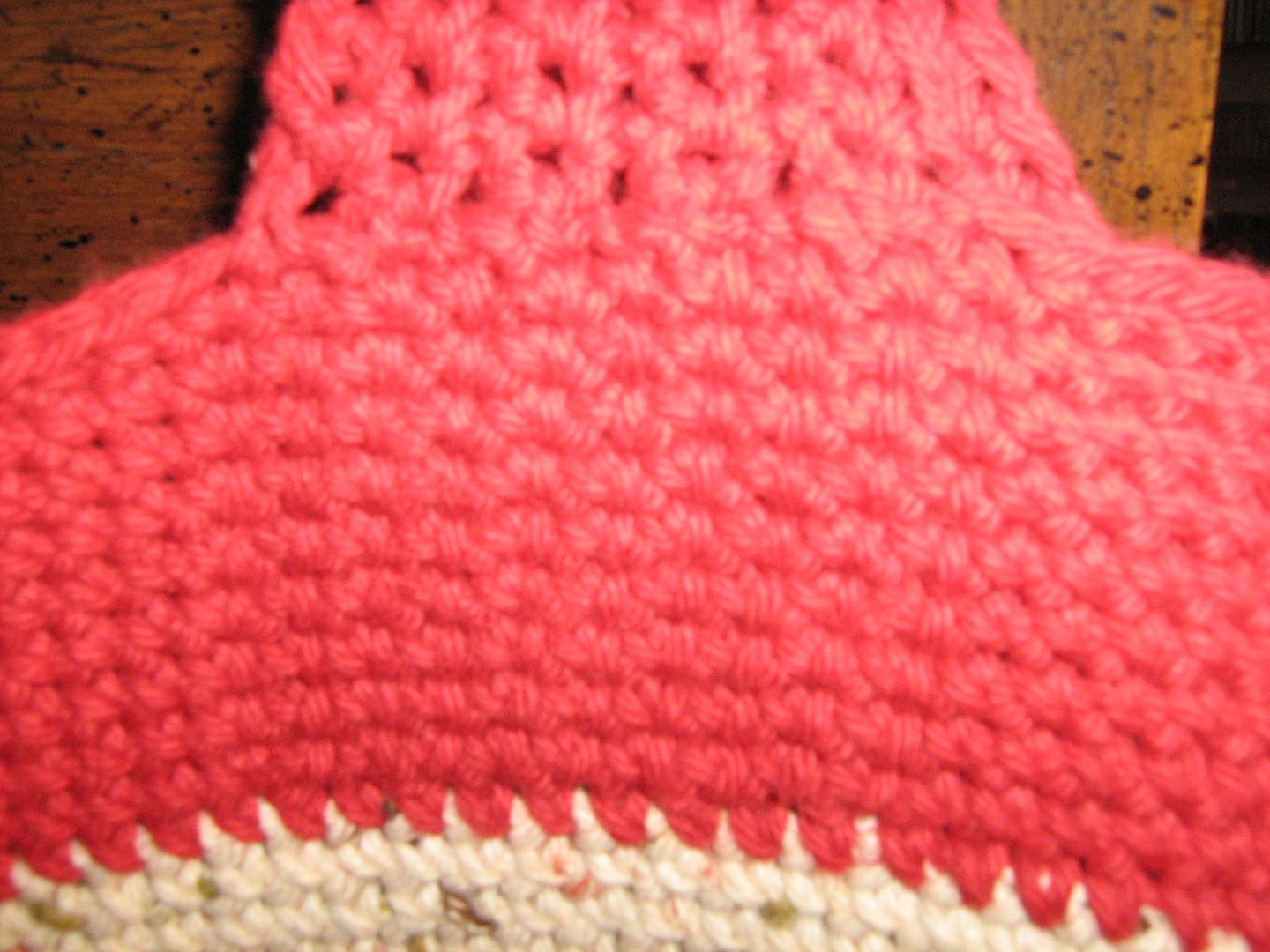We walked through a covered arcade, and found a courtyard market, which we were sad not to have found earlier, as they were cooking and it smelled wonderful. We found street art and intriguing streets we hadn't explored and were in general quite sorry to leave.
But, we had a plan. Sunday was the one day a week that there was bus service across Dartmoor, and so we went. The bus went across the moor, came back to the midpoint, returned the far side, and then came back to Exeter, and we had built our schedule around that, so we had to be on time. Our first stop was the little town of Postbridge, home to a thirteenth century stone bridge across the river Dart- which was a lot smaller than when we first saw it at Greenway!
It is a landscape of dry grass and stone walls, rolling hills crowned with rocky tors and occasional trickles of water in the creases of the land.
Despite being still quite close to the road and village, the place had an incredibly desolate feel.
It was easy to picture prisoners escaped from the famous prison wandering lost or imagine the hound of the Baskervilles howling in the wind. It was also easy to lose the path amidst the grass and rocks and we kept a careful eye on the map and the clock, making sure we didn't stray.
We came back via the little store- a place that had location, location, location going for it- and acquired some cold drinks before walking back up the hill to catch the bus on its second and last westerly trip. When we got off the second time in Princetown, we were committed to the second half of our plan which involved a long walk. But first we visited the High Moorland Visitor Centre in Princetown, another of the nice small museums that the British do so well. After enjoying the exhibits, we dared not linger- there was a rail trail from Princetown to Yelverton, on the west side of the moor, where we could get bus service the rest of the way to our destination in Tavistock, but it was already nearly 4 pm.
We'd been on our feet a while at that point, so I put on a second pair of socks for the extra padding, we got some snacks to sustain us, and off we went. The rail trail was the path of the old Dartmoor Railway, which was used for hauling granite down to the coast.
 |
| Dartmoor Railway Rail Trail |
Toward the end of the afternoon, the track continued downhill, and the landscape became greener until we emerged on a back road in Dousland. We were charmed by signs for (and a little sorry we couldn't visit) the aptly named town of Walkhampton, but at that point we were starting to run out of steam. There were a few jokes early on about continuing the walk to Tavistock, but we were more than happy to see the Yelverton bus stop when we found it.
We got into Tavistock as the sun was getting lower, and found our hotel without too much trouble. The only difficulty? The hotel bar was closed on Sunday, and a sign on the door gave us a phone number to call for guests. We looked at each other in dismay- our phones don't work outside the US. We walked back to the town center, which had its sidewalks tightly wrapped for the night, and with some assistance from a native, located a pay phone. Our hosts were happy to let us in and direct us to a quite pleasant Indian restaurant for dinner- and left a window open so they could hear us yell a greeting when we returned.








































